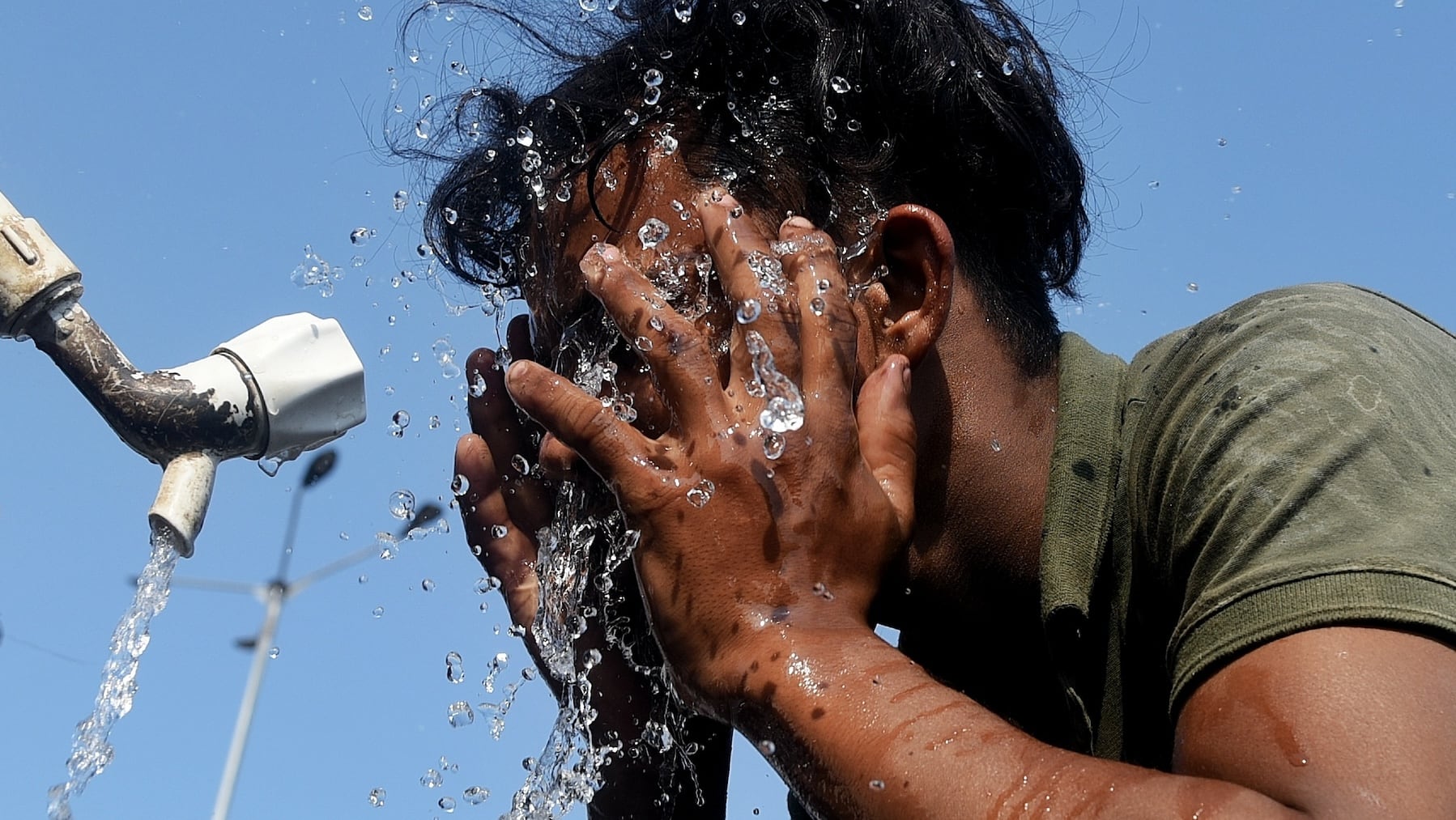
The author has shared a Podcast.You will need to accept and consent to the use of cookies and similar technologies by our third-party partners (including: YouTube, Instagram or Twitter), in order to view embedded content in this article and others you may visit in future.
Subscribe to the BoF Podcast here.
Background:
Many of fashion’s largest manufacturing hubs, particularly in South and Southeast Asia, are increasingly at risk of dangerous, record-breaking heatwaves. As extreme heat becomes more frequent, more intense and longer-lasting, what is the cost to industry and how will we adapt to the growing climate risks?
Senior correspondent, Sheena Butler-Young and executive editor, Brian Baskin sat down with BoF sustainability correspondent Sarah Kent to understand what rising global temperatures means for the future of garment production.
“We have to assume that it’s the new norm and or at least a new baseline. It’s not like every year will necessarily be as bad, but consistently over time, the expectation is things are going to get hotter for longer,” says Kent. “We both have to take steps to mitigate and prevent things getting worse, and we have to accept that we have not done enough to stop things getting this bad – and so we have to adapt as well.”
Key insights:
- Extreme heat leads to productivity problems, including increased instances of illness and malfunctioning machinery — even air conditioning units. The reason this isn’t surfacing as a significant supply chain issue is that it occurs in short, sharp bursts. “The supply chain is flexible enough and sophisticated enough that it can be papered over for the moment, particularly at a time when demand is not at its peak,” shared Kent. “Not all factories are working at full capacity all the time, so if your productivity isn’t 100% you can manage that for a few days or a week.”
- When it comes to working conditions in garment factories, climate also tends to take a backseat, both for manufacturers and, often, the workers themselves. “The biggest issue for a worker is going to be okay, I’m not earning enough to feed my family, my job isn’t secure, and then it’s really hot and that’s making it worse,” Kent recalled hearing from union representatives in Bangladesh.
- Whilst brands understand the interconnectivity between their emissions and supply chain issues, the drive to produce what consumers want as swiftly and cheaply as possible doesn’t leave much room for manufacturers to prioritise investments to improve their environmental footprint or adapt their factories to be more resilient to climate extremes. “We’re going to need to raise the prices in order to do that. That becomes a very tricky conversation very quickly,” says Sarah. “The disconnect is between the delightful picture of peace, love, Kumbaya, green planet that the industry would like to suggest that it is gunning for, whilst at the same time paying prices that in no way support that.”
Additional resources:
- Why Hotter Weather Matters for Fashion: Scientists say it’s increasingly likely 2024 will be the world’s hottest year on record, with rising temperatures carrying big implications from shopping malls to supply chains.
- What Happens When It’s Too Hot to Make Fashion? The deadly heatwaves that have swept manufacturing hubs across Asia in recent months highlight a challenge the fashion industry is not prepared for.
- Too Hot to Handle? Record temperatures in Europe, the US and Asia this summer point to the real and present risks of climate breakdown. Fashion isn’t ready.



